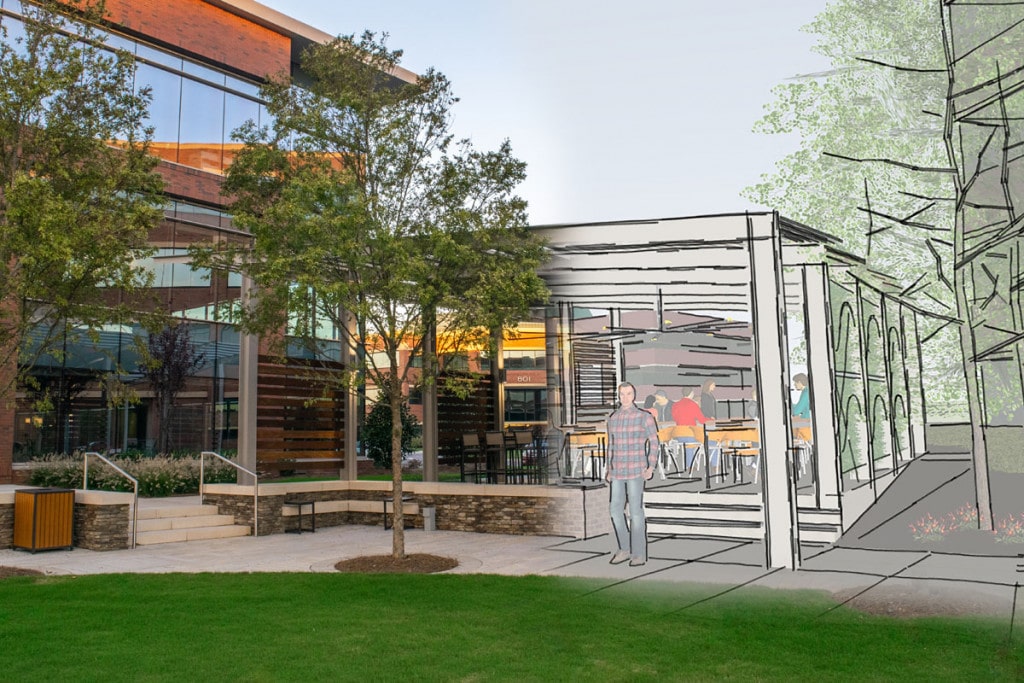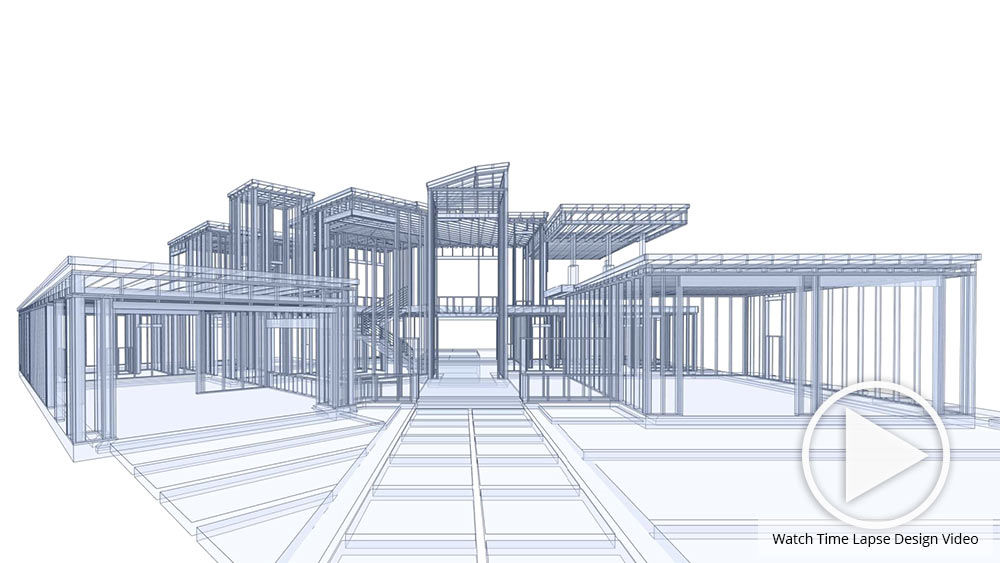Comprehending the Collaborative Process Between Architects and Engineers in Modern Building Projects
The collective process between designers and designers is vital in modern building and construction projects, as it integrates style intent with engineering usefulness. Exploring these dynamics reveals insights that can substantially influence job outcomes and general industry standards.
The Importance of Partnership
The joint harmony between architects and designers is important for the successful realization of any kind of construction task. This partnership brings with each other distinct expertise and perspectives, enabling the combination of innovative layout with useful design services. By interacting, architects and designers can guarantee that a task not only fulfills aesthetic and useful demands yet likewise abides by safety and security, sustainability, and monetary restraints.
Partnership cultivates a shared vision, promoting the alignment of objectives and assumptions from the beginning. This placement is vital in dealing with possible obstacles and mitigating risks that can arise during the task lifecycle. Moreover, a collective approach enables the effective appropriation of resources, enhancing both time and price.
The relevance of cooperation extends to the repetitive procedure of layout and building and construction, where responses from designers can notify architectural decisions, resulting in even more feasible and sustainable layouts. Alternatively, designers can influence engineers to think artistically regarding exactly how to accomplish architectural honesty without compromising artistic intent. Ultimately, the collaborative connection between architects and engineers is not merely advantageous; it is essential to the creation of premium, practical, and cutting-edge constructed settings that satisfy the requirements of society.
Communication Techniques and Devices
Reliable interaction strategies and tools are crucial for promoting partnership between architects and designers throughout the task lifecycle. Establishing clear channels of communication is vital to ensure that all staff member are lined up with job objectives, timelines, and obligations. Routine meetings, both in-person and digital, supply chances for stakeholders to talk about progress, address problems, and make notified choices.

Additionally, embracing joint communication devices, such as Slack or Microsoft Teams, permits for instant messaging, file sharing, and continuous discussions, advertising a more active feedback to emerging problems. Record management systems also play a crucial role in organizing job paperwork, making certain that all employee have accessibility to the most recent details.
Shared Objectives and Project Vision
A merged project vision works as the foundation for effective partnership between engineers and engineers (cda architects). This shared vision not just straightens the initiatives of both celebrations but additionally establishes a common framework for decision-making throughout the job's lifecycle. By verbalizing clear objectives, stakeholders can efficiently browse the complexities of modern-day construction projects, making certain that both aesthetic and functional needs are satisfied
Developing shared objectives includes open discussion and a comprehensive understanding of each discipline's contributions. Architects generally focus on style intent, spatial connections, and user experience, while engineers emphasize architectural stability, systems performance, and compliance with policies. When these perspectives are aligned, the outcome is a natural job that sticks to both creative aspirations and technological expediency.
Furthermore, a well-defined job vision promotes accountability amongst employee, encouraging each individual to take possession of their role in achieving the wanted result. Regular check-ins and joint workshops can better enhance this commitment, permitting changes to be made as the job evolves. Inevitably, a shared vision not just improves teamwork yet likewise boosts the top quality of the final deliverable, resulting in effective job conclusion.
The Function of Technology
Leveraging innovation has actually ended up being vital in improving partnership in between architects and engineers. Structure Details Modeling (BIM) stands out as a pivotal innovation, enabling both engineers and designers to create in-depth 3D versions that envelop layout intent and architectural integrity.
Furthermore, cloud-based platforms enable seamless collaboration, allowing task stakeholders to accessibility and upgrade job information from anywhere. This cultivates a society of transparency and accountability, as changes can be tracked and assessed in real-time. Additionally, mobile applications more enhance interaction, giving on-site groups with immediate access to task specs and updates.
Arising innovations such as expert system and equipment knowing are likewise starting to play a try this out function in anticipating analysis, helping teams determine possible problems prior to they arise. Ultimately, the duty of innovation in architecture-engineering cooperation not just improves operations efficiencies but likewise enhances technology, causing more effective project results. By embracing these technical advancements, designers and designers can ensure an extra natural and efficient collaborative process throughout the construction lifecycle.
Situation Studies in Successful Collaborations
Various instance studies highlight the profound effect of reliable partnerships in between engineers and engineers on job end results. One noteworthy instance is the collaboration on the High Line in New York City, where landscape designers, designers, and urban coordinators interacted to change a deserted rail line into a lively public park. This multidisciplinary strategy not only improved the visual top quality but likewise made sure architectural safety and environmental sustainability.

The Burj Khalifa in Dubai additionally shows the value of joint initiatives - cda architects. The integration of style and engineering proficiency enabled the project group to achieve unprecedented elevations while sticking to security guidelines and aesthetic vision
These examples emphasize the value of communication, count on, and shared purposes. In today's complicated building environment, such collaborations are necessary to navigating obstacles and providing projects that fulfill both practical have a peek here and visionary goals.
Verdict
Finally, the cooperation between engineers and engineers is important for the success of contemporary building projects. Reliable communication methods, a shared job vision, and the integration of innovative technologies are essential elements that promote this partnership. By promoting a society of responsibility and leveraging tools such as Building Info his response Modeling (BIM), groups can navigate job intricacies, making sure that visual, functional, and sustainability goals are achieved. Eventually, this harmony leads to ingenious and successful task outcomes.